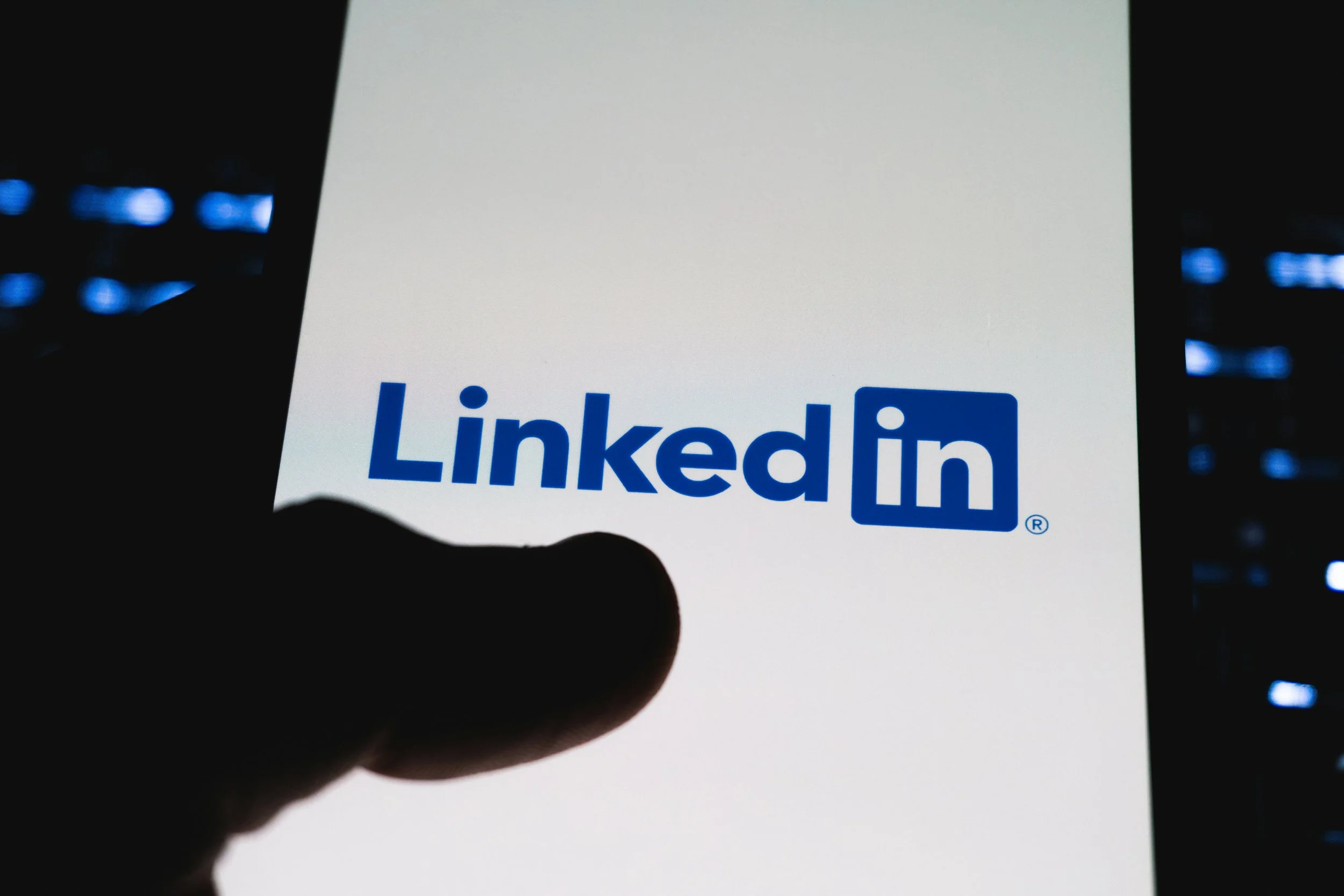Finding Your Brand Voice on LinkedIn
When it comes to B2B marketing, LinkedIn isn’t just another social platform. It’s the place where decision-makers, professionals, and brands come together to share ideas, build authority, and do business. With over 1 billion users worldwide, LinkedIn has become a powerhouse for brand storytelling and marketing campaigns.
But here’s the thing: success on LinkedIn isn’t just about being there. It’s about showing up consistently, with a voice and strategy that cuts through the noise.
So, how do you use LinkedIn for marketing campaigns and how do you find a brand voice that makes people stop scrolling?
Why LinkedIn for Marketing Campaigns?
Unlike other social platforms, LinkedIn is designed for professional growth and business conversations. That means the content you share here can directly impact:
Lead generation – 80% of B2B leads from social media come from LinkedIn.
Brand visibility – reach key decision-makers where they’re already in a business mindset.
Thought leadership – showcase expertise and insights in your industry.
Community building – create genuine connections with clients, partners, and talent.
Put simply: if you want your campaigns to resonate with the right audience, LinkedIn should be at the centre of your marketing strategy.
Step 1: Define Your Campaign Goals
Before posting, ask: what’s the purpose of this campaign?
Do you want to drive traffic to your website?
Increase brand awareness?
Generate conversations and community?
Attract new talent?
Clarity here will shape the rest of your campaign — from the format you use (articles, carousels, video) to the tone of voice you choose.
Step 2: Find Your Brand Voice
The biggest mistake brands make on LinkedIn? Sounding the same as everyone else.
Your brand voice should be:
Authentic – talk like a human, not a press release.
Consistent – align your posts with your brand’s values and style.
Confident – share bold ideas, not bland updates.
Engaging – spark conversation, don’t just broadcast.
Example: Instead of posting “We’re proud to launch our new campaign”, try: “We’ve launched something different — a campaign that challenges how our industry talks about women’s health. Here’s why it matters…”
Step 3: Use Storytelling to Stand Out
People remember stories, not stats. Frame your campaigns around:
Challenges – what problem are you tackling?
Solutions – how is your brand making a difference?
Impact – what’s changed because of your work?
Storytelling makes your content relatable and builds an emotional connection with your audience — something B2B brands often overlook.
Step 4: Optimise for LinkedIn
For maximum impact:
Post consistently (2–4 times per week is ideal).
Use strong visuals (infographics, branded templates, video clips).
Add hooks in the first 2 lines to stop the scroll.
Use hashtags strategically (3–5 is the sweet spot).
Encourage engagement by asking questions or inviting opinions.
Step 5: Measure and Evolve
LinkedIn analytics can tell you what’s working and what’s not. Look at:
Impressions
Engagement rate
Click-throughs to your site
Follower growth
Then tweak your content, format, and messaging based on the insights.
Examples of LinkedIn Campaigns That Work
Monroe’s Strength & Style Campaign – authentic storytelling that celebrated real people, driving genuine engagement.
Business and Babies – built a community of over 4,000 entrepreneurial mothers by using LinkedIn as a hub for support and campaigning.
The End Parent Poverty Campaign – gathered over 100,000 signatures, proving that LinkedIn can be a powerful platform for advocacy as well as business.
the future
LinkedIn is no longer just a networking site, it’s a stage for storytelling, campaigning, and connection. By defining your goals, finding your voice, and showing up with confidence, your marketing campaigns can do more than get noticed — they can build credibility, influence change, and grow your brand.

